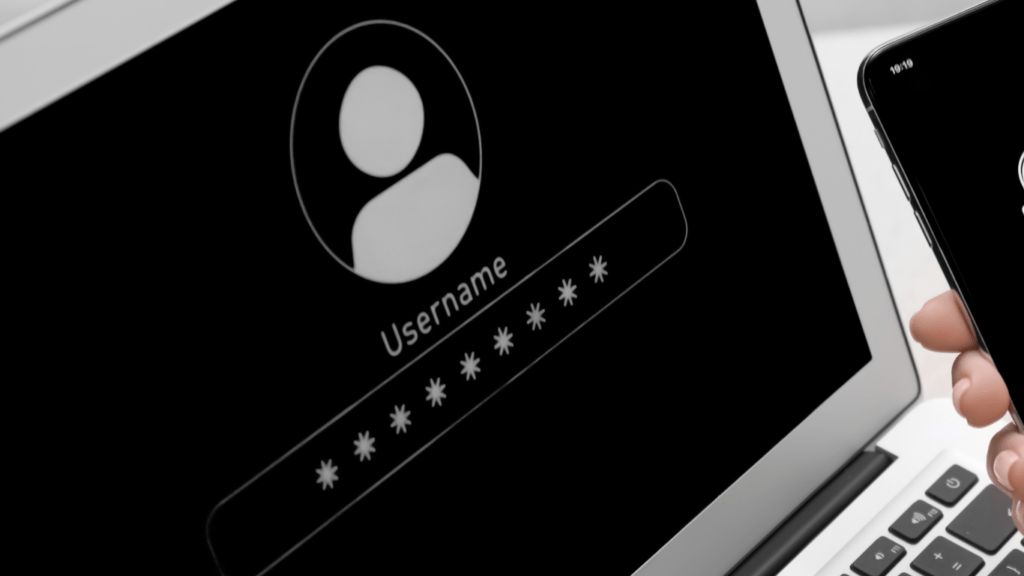2815226339 and the Rise of Digital Identifiers
These days, numbers aren’t just for math. They identify users, route data, and trigger actions. Phone numbers like 2815226339 often double as user IDs, authentication keys, or customer service checkpoints. You’ve probably used your own phone number to log into apps or reset a password.
And you’re not alone—business systems quietly rely on this practice. Numbers linked to users act like lighthouses in a storm of data. They help ensure that messages land in the right inbox or that twofactor authentication hits the right device.
Area Codes, Behavior, and Context
While the format “2815226339” looks like your standard phone number, context adds critical weight. For example, area code 281 tags it as originating from southeast Texas, including suburbs of Houston. But area codes don’t always mean location anymore. Thanks to number porting and VoIP services, the area code might just be a legacy stamp with no current geographical relevance.
Still, businesses and scammers know that familiarlooking numbers—like 2815226339—are more likely to get an answer. That’s social engineering, and it plays out in everything from sales to phishing schemes.
Stranger or Service?
Imagine getting a call or text from 2815226339. What’s your move? If you’re securityminded, you pause. You might Google it. You check if any of your contacts match. Many mobile users have trained themselves to be skeptical, and with good reason.
Reverse lookup tools, crowdsourced spam databases, and reporting platforms have surged in popularity. Users actively flag suspicious numbers, creating a decentralized shield against scams. Numbers end up with reputations—good or bad—based on community feedback.
Business, Automation, and Trust
Companies walk a tightrope when they use real numbers for automated outreach. The goal is clear communication without triggering a red flag. If users associate numbers like 2815226339 with spam, the brand gets collateral damage.
To counter that, businesses ramp up caller ID strategies—registering branded calling information, using verified SMS, and keeping message frequency in check. All of it works to build microtrust. You see a number and think: “Yeah, this looks legit.”
You Gave Them That Number
Most of the time, if you’re getting pinged by a number like 2815226339, it’s because you gave it out. Maybe while signing up for a service, buying online, or entering a contest.
You may not recall when or why, but data aggregation means your number’s already tagged across multiple systems. Cleaning it up—or opting out—usually takes effort and awareness. And guess what? Clean data equals less digital noise. Worth it.
Risks of Ignoring Unidentified Numbers
Let’s address a habit many of us have: ignoring unknown numbers. It’s safe, but it’s also potentially risky. You might miss service updates, appointment confirmations, or account alerts. A number like 2815226339 could be more than sales chatter—it might be trying to inform you about a charge you didn’t recognize or prompt you to confirm a transaction.
Balance is key. Some apps filter unknown but verified calls or label them with purpose (e.g., “Flight Info” or “Pharmacy”). That’s tech adapting to real user behavior—filtering out noise without dropping the signal.
Data Privacy and Ownership
The fact that a number like 2815226339 might be tied to legitimate services one day and listed as spam the next raises privacy questions. Is your data being used responsibly? Are businesses protecting your number the same way they protect your password?
These questions sit at the core of digital trust. Consumers want to know that optin means something and that opting out actually works.
Thankfully, data legislation’s catching up. Global frameworks like the GDPR and California’s CCPA give people more control over their data trail. But application still varies, and accountability isn’t always clear.
Final Thought
Numbers like 2815226339 might seem random, but they carry a lot more weight in today’s hyperconnected world. Whether they’re tools, trackers, or touchpoints, we interact with them daily. Maybe it’s time we treated them with a little more curiosity—and a lot more control.


